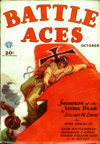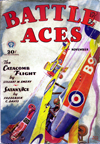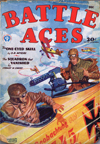“The Yellow Monsters” by Frederick Blakeslee
Frederick Blakeslee painted all the covers for the entire run of Dare-Devil Aces. And each of those covers had a story behind it. Last time Mr. Blakeslee gave us the first in a new series of mismatched time images with planes from the Great War along side present day planes from 1935! This time he returns with he second in the series, from the cover of the October 1935 number of Dare-Devil Aces—”The Yellow Monsters!”
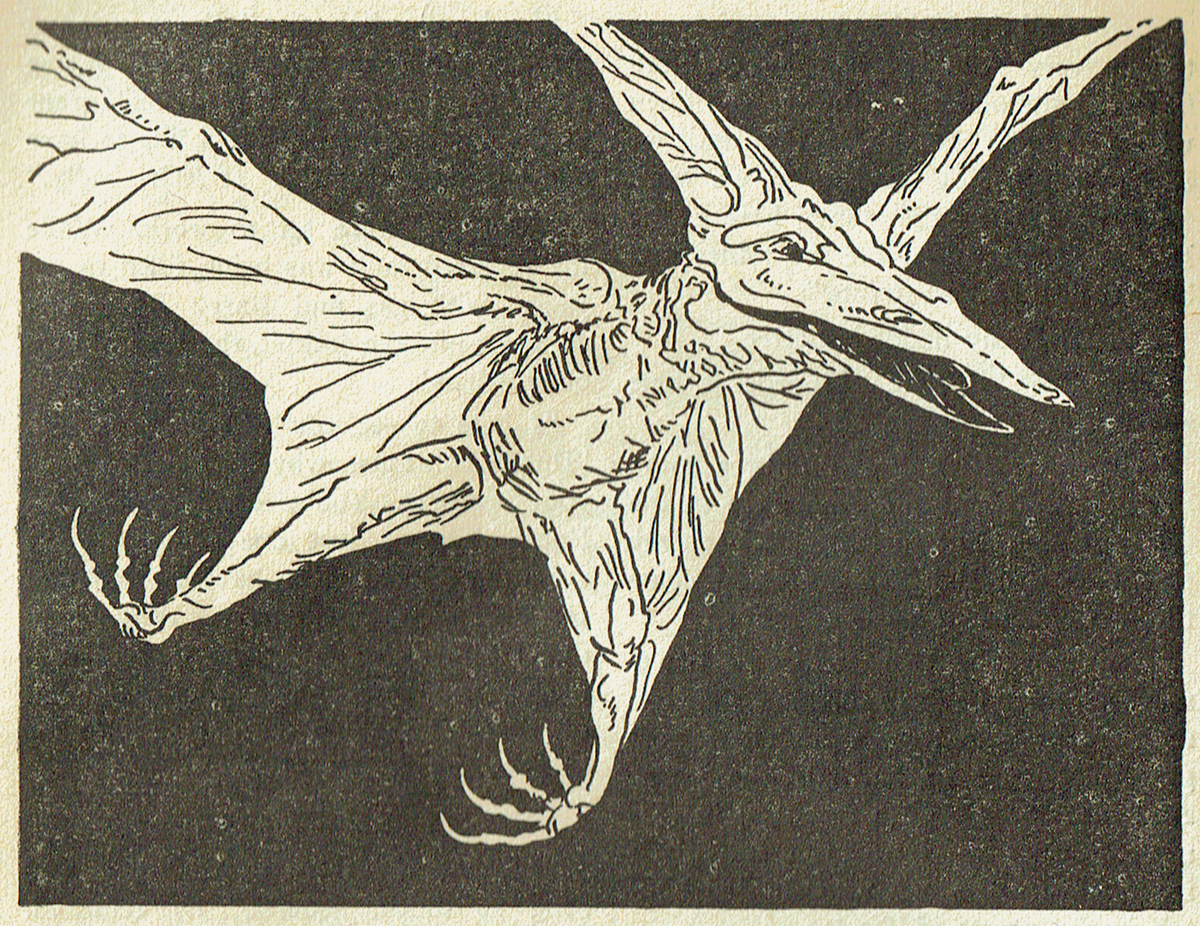
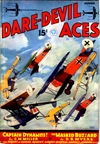 ABOVE is the drawing of a Pterodactyl, a pre-historic flying reptile that lived thousands of years ago. Today the Pterodactyl flies again, but this time it is man-made—in short, a modern fighting airplane. Before we go ahead with our story, let us explain why you find a modern ship in combat with a wartime airplane.
ABOVE is the drawing of a Pterodactyl, a pre-historic flying reptile that lived thousands of years ago. Today the Pterodactyl flies again, but this time it is man-made—in short, a modern fighting airplane. Before we go ahead with our story, let us explain why you find a modern ship in combat with a wartime airplane.
The World War is long past, yet many are still interested in the war-time ship; but an equal number are interested in the modern craft too. In thinking it over we wondered what a war-time pilot would do, had he in war days, met a ship of today. The problem was solved. Why not mix time? Take 1918 and 1935 and just scramble them?
The result certainly isn’t the World War, in fact it isn’t any war; it isn’t even real and not being real we can let our imagination roam. By scrambling time this way we can not only show you a war-time ship, but a modern one as well both on the same cover thus giving you an easy way of comparing the fighting ship of today with the fighting ship of yesterday.
So now, let us enter the realms of imagination. Let us see what Otto, a German pilot of 1918 would do had he met the Pterodactyl.
Otto was a crack pilot; he was leader of his staffel and was in the habit of going off on bis own occasionally to look for trouble. He was on one of these trips when he saw a speck way off on his right. Being over the French lines he guessed it was an Allied plane. His big Mercedes engine soon had him high above the other ship. As he crossed its path he looked down and saw the British insignia on the wing-tips. Something about the plane seemed queer, but not giving it a second thought he dove.
He suddenly pulled out of his dive and rubbed his eyes. He looked again. His first impression had been right after all. Something was definately queer about the British ship. Mein Gott, what was it? Was it an airplane? If so it was like nothing he had ever seen.
But he could see the flash of propellers and the crew—that was real anyway, so it must be an airplane. Dunner und blit-sen, what a crazy thing it was! Why it looked as though it would fall apart if a wind hit it. Where was the tail? Well, thought Otto, this will be cold turkey.
He was about to dive again when the strange ship put on a burst of speed. To Otto’s surprise he discovered that he had had his throttle wide open to keep up with the yellow monster.
Well it certainly could fly, he decided, as the Britisher pulled rapidly away from him. Then he saw several others of the strange ships join the first and turn toward him. Otto thought he better return to his drome and get help.
Otto assembled his pilots and recounted what he had seen. The assembled pilots looked at each other but said nothing. Otto was their superior officer so what could they say? A tailless ship indeed, bosh!
Otto led his staffel back and soon spotted the strange ships.
He made a wide circle and gave the signal to dive. The scene on the cover shows the beginning of the fight.
Here we might consider what chance Otto and his men flying Fokker DVII’s would have against the Pterodactyl. We do not hesitate to say that they don’t stand a ghost of a chance.
At the time of writing this, no data on the performance of the Pterodactyl is available. The speed is very high; the exact figure we do not know. Note the wonderful unobstructed field of fire of the rear gunner. It would be impossible for an attacker to hide under the tail. It can deliver a steady stream of lead from its fixed guns and as it dives on an enemy another dose from the free gun as it zooms away. The rear gunner by the way is fully protected from the wind. The pilot can look either under or over the center section too.
Some think that the Pterodactyl may prove to be the most formidable fighter yet produced. Others wonder if it will not become extinct as the bird-lizard from which the new ship gets its name.
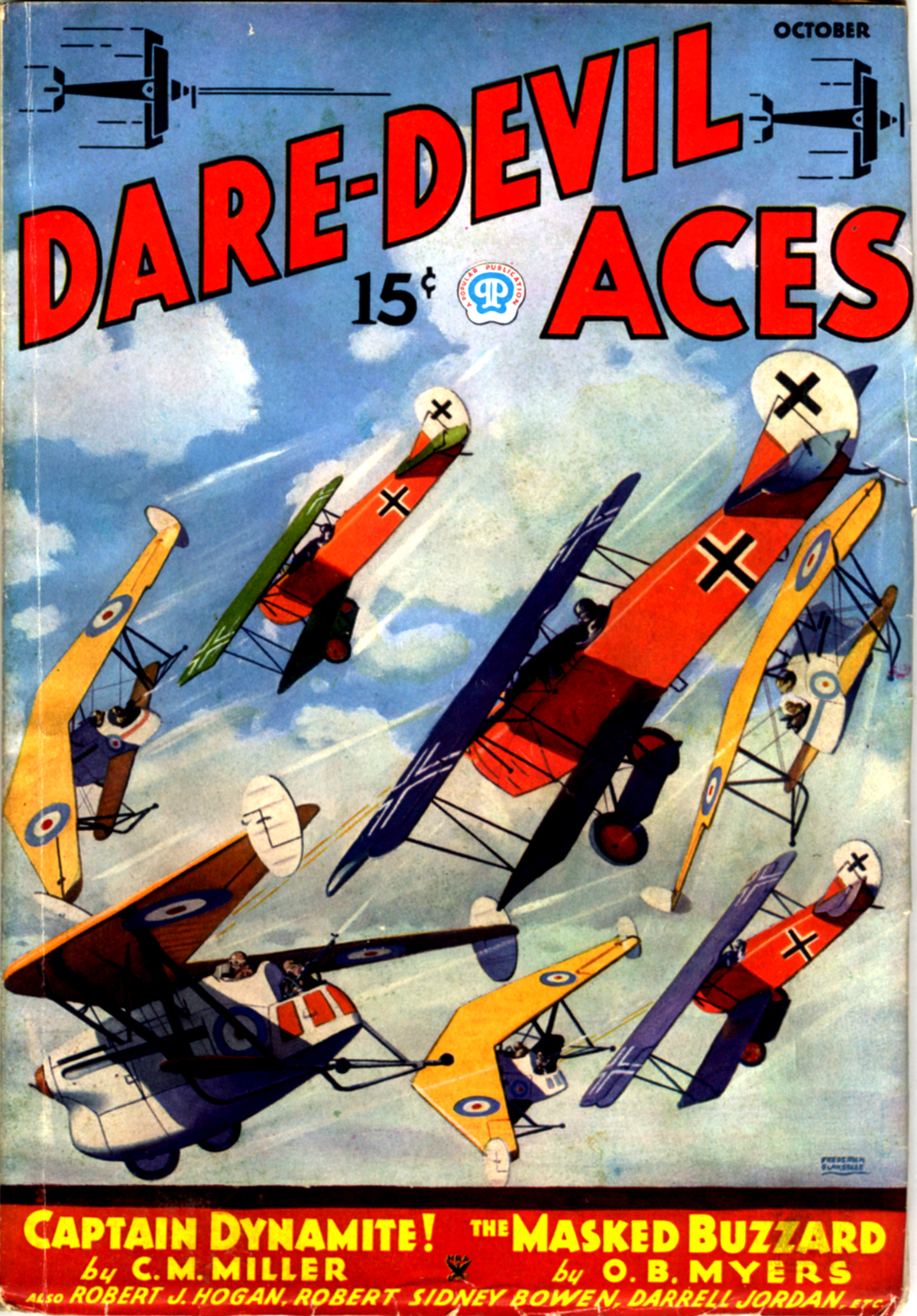
“The Yellow Monsters: The Story Behind The Cover” by Frederick Blakeslee
(October 1935, Dare-Devil Aces)
The Pterodactyl is manufactured by Westland Aircraft Co., England, and was first produced last year.

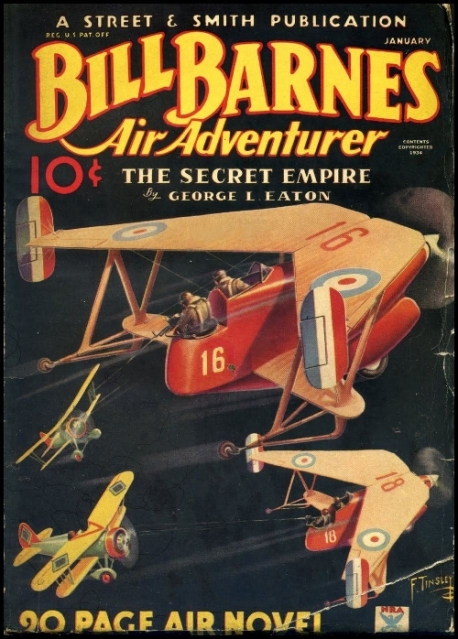
Editor’s Note: The Westland Pterodactyl was featured much more prominently earlier in 1935 on the January cover of Street & Smith’s Bill Barnes Air Adventurer. Here Frank Tinsley has place the Pterodactyl front and center with the tailless tailgunner blasting away at the pursuing biplanes!





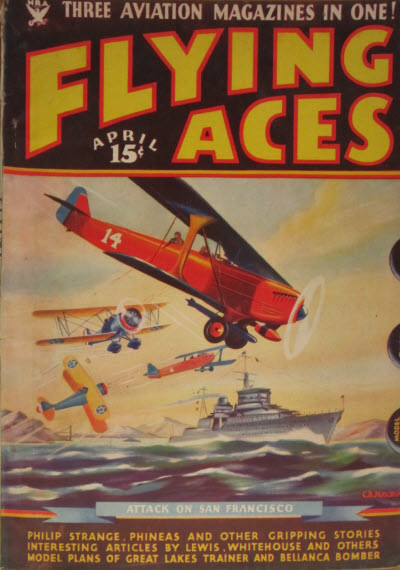 You heard right! That marvel from Boonetown, Iowa is back and in hotter water than usual, but as is the case—what’s sauce for the goose is gravy for Phineas!
You heard right! That marvel from Boonetown, Iowa is back and in hotter water than usual, but as is the case—what’s sauce for the goose is gravy for Phineas! May 1932 issue of Flying Aces and running almost 4 years,
May 1932 issue of Flying Aces and running almost 4 years, 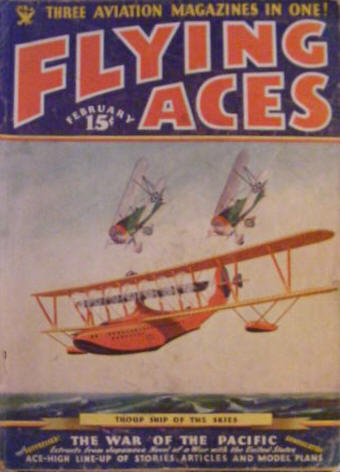 a story by another of our favorite authors—
a story by another of our favorite authors—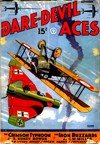
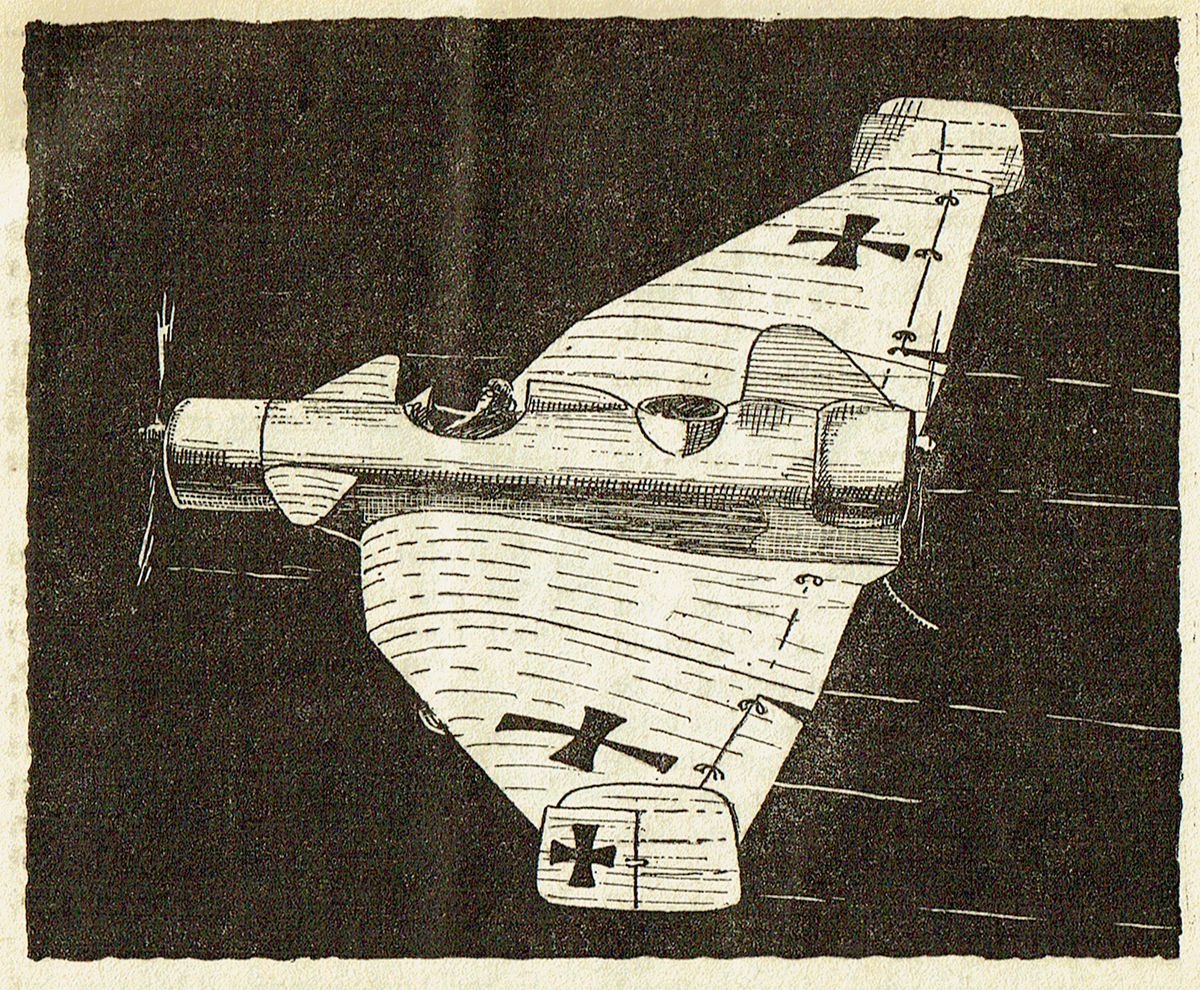
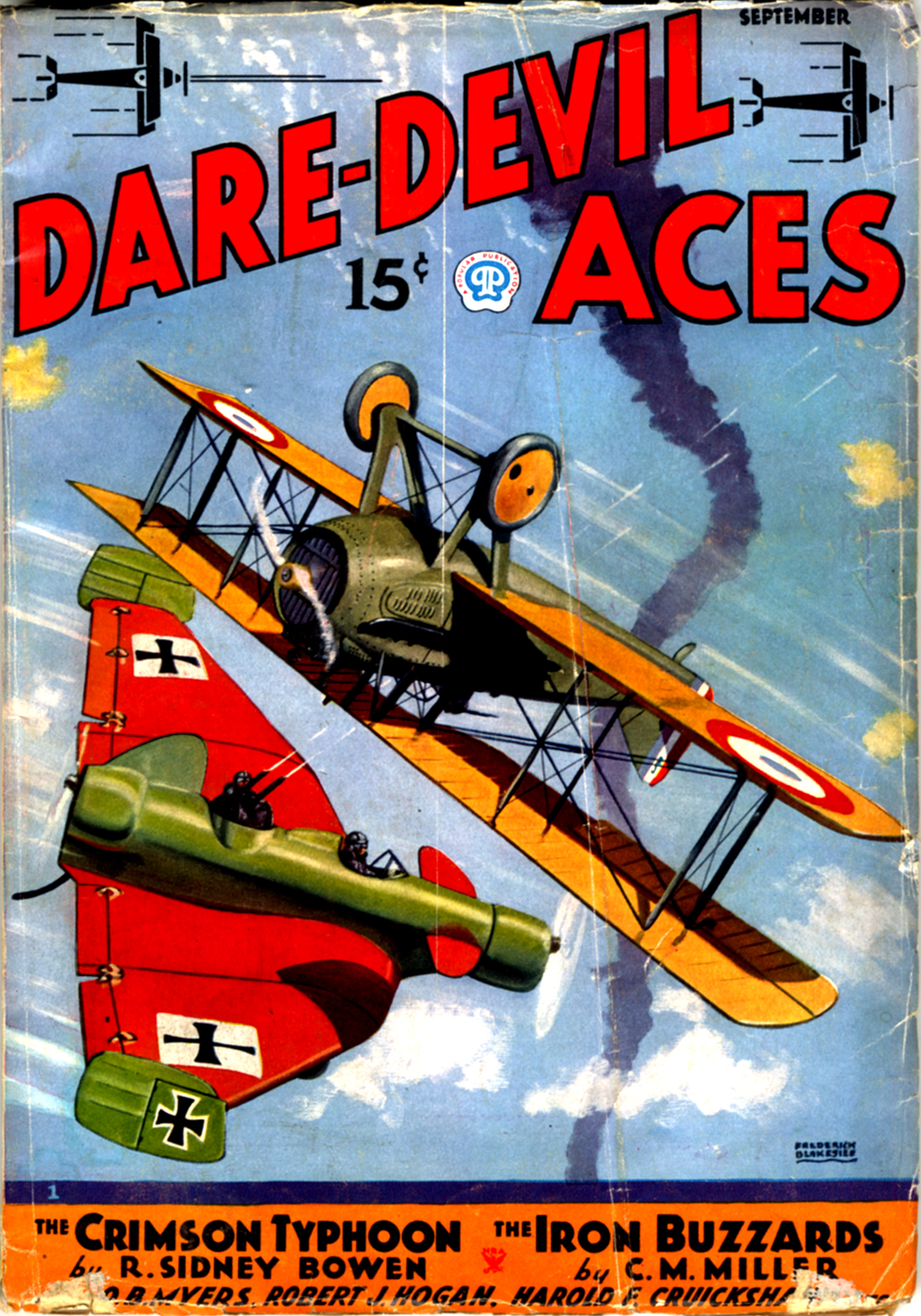
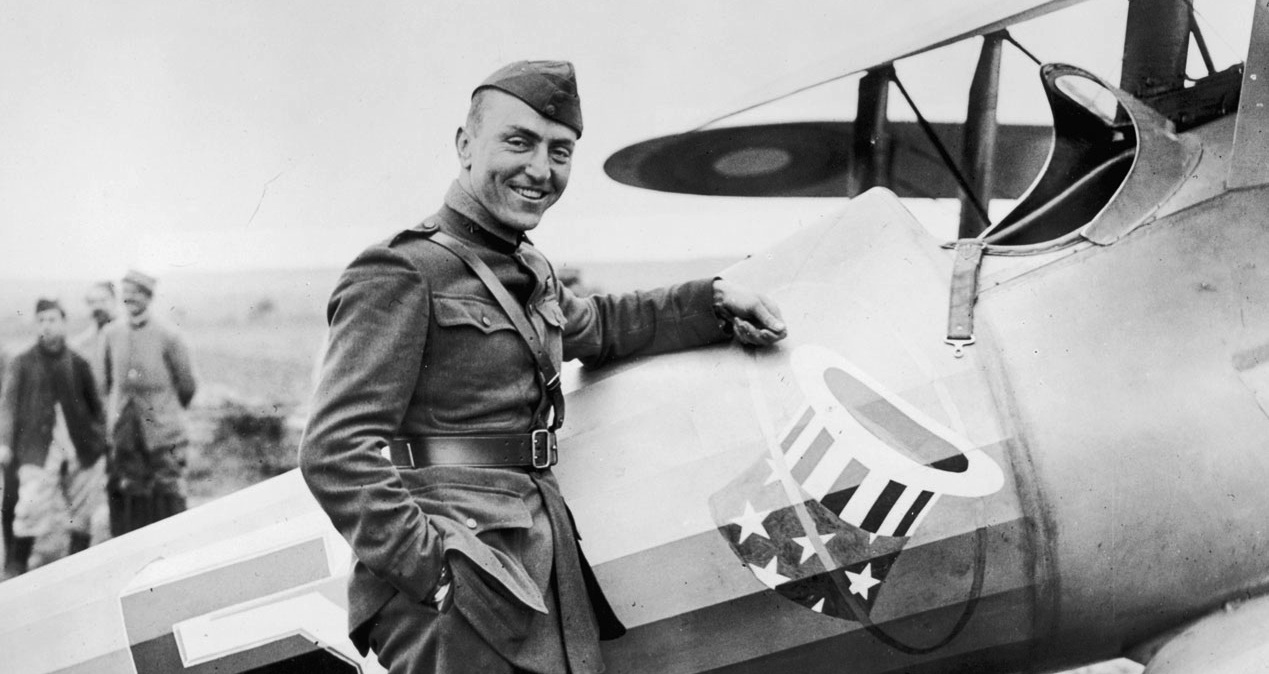
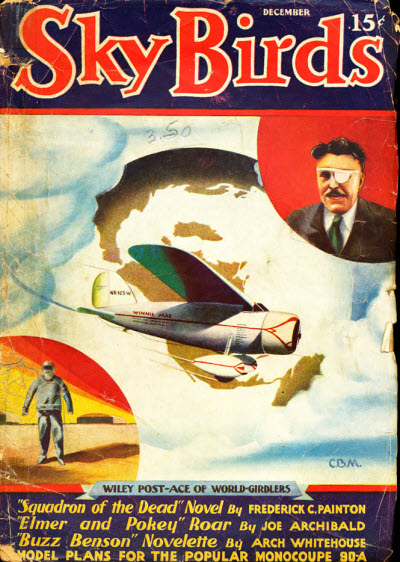 a story by
a story by 